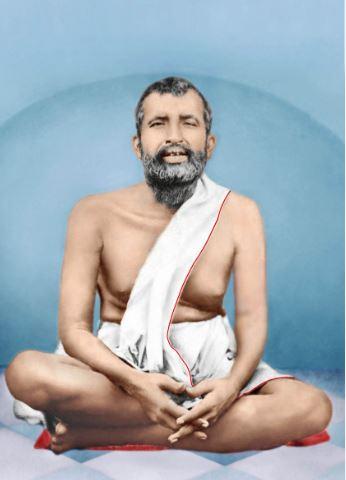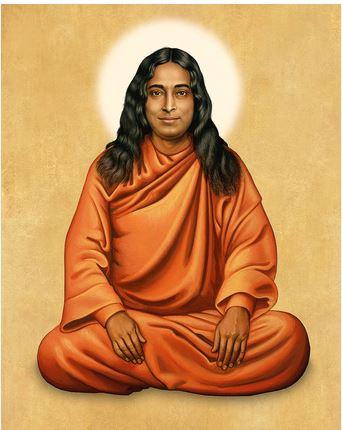
🙏 Who Was Ramakrishna?
| Aspect | Details |
|---|---|
| Full Name | Gadadhar Chattopadhyay (later Ramakrishna Paramahamsa) |
| Born | 1836 in Kamarpukur, Bengal, India |
| Died | 1886 in Calcutta |
| Tradition | Hindu (Bhakti/Vedanta), but deeply universal |
| Main Temple | Dakshineswar Kali Temple, near Kolkata |
| Most Famous Disciple | Swami Vivekananda, who spread his teachings globally |
🌸 Key Elements of Ramakrishna’s Life
🕉️ Devotion to Kali
-
Ramakrishna was a priest at the Kali Temple in Dakshineswar.
-
Saw Kali not as a symbol, but as a living, loving Divine Mother.
-
Entered ecstatic states (samadhi) while worshipping her — merging into divine love.
“I do not want wealth, nor name and fame, nor creature comforts. I want only Thee, Mother. That is my prayer.”
🛕 Mystical Practices Across Traditions
Ramakrishna practiced and realized God in multiple paths:
| Path | Practice | Realization |
|---|---|---|
| Bhakti (Devotion) | Worship of Kali, Krishna, Rama | Vision of the divine as loving, personal |
| Advaita Vedanta (Nonduality) | Taught by Totapuri | Experienced God as formless Brahman |
| Islam | Lived like a Muslim, prayed in mosque | Realized God through Islamic mysticism |
| Christianity | Meditated on Christ | Had a vision of Jesus as a radiant being |
👉 He declared that all genuine paths lead to the same Truth — a radical message of universalism.
🧘 Teachings & Core Messages
🌿 1. God is both with form and without form
“As many faiths, so many paths.”
He taught that God can be worshipped as:
-
Personal (Kali, Christ, Krishna)
-
Impersonal (Brahman, the Absolute)
🔥 2. Direct experience (not theory) is the goal
-
He constantly emphasized spiritual realization over philosophy.
-
Ecstasy, samadhi, and divine love were his daily state — not just ideas.
💓 3. The world is Divine
-
Even the mundane is permeated with God — “The Divine plays in every being.”
-
Saw God in animals, people, even the so-called impure.
🧠 4. Egolessness is the gateway
-
The “I” is the great barrier between us and the Divine.
-
Through surrender, love, and spiritual practice, one can dissolve the ego.
🕊️ His Presence
-
Ramakrishna had no formal education.
-
Yet he attracted intellectuals, mystics, artists, and revolutionaries.
-
His words were simple, full of metaphors and folk wisdom — but deeply profound.
📿 Legacy
🧘 The Ramakrishna Order
Founded by Swami Vivekananda, it combines:
-
Jnana (knowledge)
-
Bhakti (devotion)
-
Karma (service)
-
Raja Yoga (meditation)
A living example of integral spirituality.
📚 Books & Teachings
-
"The Gospel of Sri Ramakrishna" (by M. aka Mahendranath Gupta): A detailed daily diary of his sayings, stories, and moods.
-
"Ramakrishna and His Disciples" by Christopher Isherwood: A more Western-accessible biography.
✨ Symbolism
| Symbol | Meaning |
|---|---|
| Kali | Divine power, love, and destruction of ego |
| Samadhi | Merging with the Absolute |
| Simple clothes | Renunciation of worldliness |
| Laughing eyes | Childlike joy in the Divine |
| Ecstasy | Living proof of spiritual reality |


